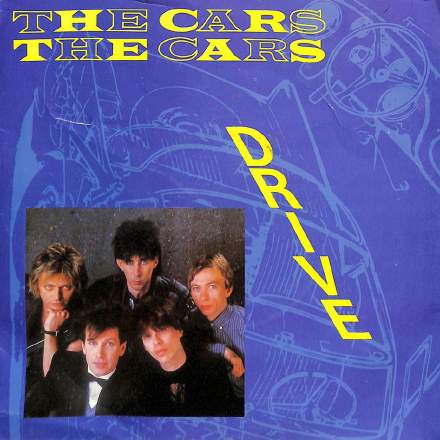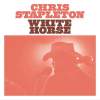
To be blunt, even though this song has über-producer Mutt Lange’s pawprints all over it, I reckon my mousemat has better groove, and the bass and kick policy of “we have one riff, and we mean to use it!” is pretty tedious too. Fortunately, there are some nice tempo-sync’ed distractions, such as the ping-pong treatment that’s making a 16th-note feature out of what, presumably, are single recorded tambourine hits, or the 16th-note predelayed reverb on the electro–claps that precede each snare backbeat. As is so often the case with ’80s productions, many sounds haven’t dated very well, but the synth backing texture holds enough subtleties to draw the ear, in particular the way the super-tight vocal layering blurs the lines between what’s real and what’s synthetic. Are the low-level ‘oohs’ and ‘aahs’ (clearly audible from 1:32) vocal overdubs or early multisamples? Are the “who’s gonna drive you home?” interjections (first heard at 2:06) recorded singers or a vocoded synth? On both counts neither answer would surprise me.
But my return to the Cars’ biggest hit was prompted by the sad news of chief songwriter Rik Ocasek’s death, and there’s plenty to admire about his work here. It’s remarkable, for instance, that the second verse is double the length of the first, a relationship which is usually reversed if anything. It’s also slightly unsettling how the second chorus somehow melts into the middle section by using the chorus’s third-bar material as the first bar of the new section at 2:12. Of course, that means that you only really realise that you’ve moved into the new section retrospectively, once the chord change in the following bar confounds expectations for the chorus.
What intrigues me most is the harmony, and specifically the ambiguousness of the major-seventh sonority that embellishes the verse’s underlying B chord. On the face of it, you might just write this off as surface colour, rather than anything harmonically meaningful. However, the persistent suggestions of an added C# (eg. in the strong synth overtone at 0:08, the rhythmic ‘chiff’ layer added from 1:10, and the brassy fill at 1:16) repeatedly hint towards an F#6 double-meaning that eventually becomes explicit in the chorus’s Ic-V6-I cadence. Even then, the lead vocal line initially weakens the cadential effect by jumping from the added sixth to the root chord’s fifth degree, thereby delaying the more traditional D#-C#-B melodic resolution right until the end of the song. Shame, though, that this also converts a non-standard instance of the ’tonight’ trick (see my critique of Zac Efron & Zendaya’s 'Rewrite The Stars') into a textbook case…










